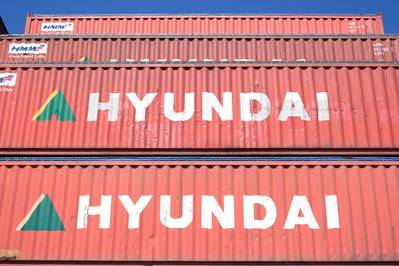Xeneta returns this week with a second ranking of carrier carbon emissions, this time focused on the Far East to U.S. West Coast Trade.”Why are we doing this? We want to shine a light on the importance of green shipping and spotlight the progress of carriers,” said Peter Sand, chief analyst, touting the results as “Name & Fame.” Results are based on the Xeneta and Marine Benchmark Carbon Emissions Index (CEI).
The CEI between the Far East to the US West Coast rose in Q4 2022, reaching its highest level of the year, but at 96.2, it remains below where it was in Q4 2021 (100.2). Back then, the strong market conditions meant ships were speeding across the Pacific and getting stuck in congestion. The change in the queuing system to mitigate this congestion also led to ships sailing slower, thereby reducing CO2 emissions.
In Q4 2022, the average speed increased a little, despite the weaker market conditions. The CEI rose by almost 15% because of this higher sailing speed and because ships were sailing with less cargo on board in Q4 than in Q3.
The average filling factor fell to 76.5% in Q4 2022, its lowest level since Q1 2020, when lockdowns in China dented demand. The best-performing carrier on this trade in Q4 2022 was HMM, scoring 27% better than the trade lane average.
This is the first quarter since Q3 2021 that HMM’s CEI is below the market average, let alone the best-performing carrier, but in Q4 2022, its filling factor was higher than the market average.
The post Emissions Winners, Losers on Far East to U.S. West Coast Trade appeared first on MarineLink.



